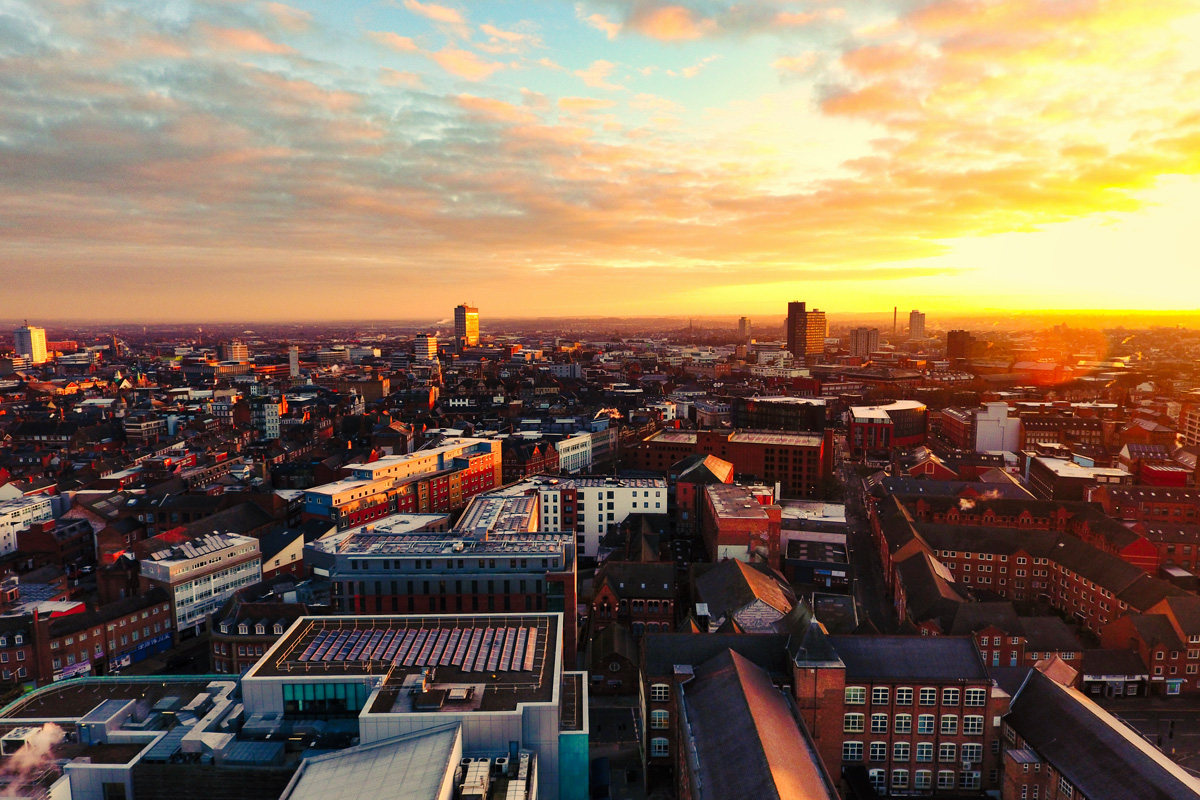- UK /
- Leicester
Discover The Latest Property Statistics and Sold House Prices In Leicester, Leicestershire.
Gain a competitive edge in the Leicester, Leicestershire housing market using our extensive data on house prices with local insights and trends.

LEICESTER
Property market data for Leicester in Leicestershire. Compare data on the district postcode areas of Leicester including sold house price growth, long let gross rental yield, buyer demand, average asking price, average price per square foot and average rental prices. Explore Leicester with a range of tools to help you understand the local market.
In the centre of Leicester, LE1 long-let gross yield is 6.5%, the average rental price is £170 the average asking price is £135,314 and the average price per square foot is £206. There are currently N/A completed property sales per month, with a turnover of 3.0%. Toggle between postcode districts to see how different areas compare.
BUY-TO-LET PROPERTY INVESTMENT IN LEICESTER
Understanding the Housing Market in Leicester: Key Facts and Figures
Sitting on the River Soar, close to the National Forest in Leicestershire, Leicester is the largest settlement in the East Midlands. With a population of 368,000 as of the Census in 2021, the city's urban area is the 11th most populous in England and the 13th most populous in the UK as a whole. Going back at least two millennia, It is steeped in history. While the Romans, during their conquest of Southern Britain, arrived in AD47, laying the foundation of the city we see today, Leicester was an Iron Age settlement long before that. And later, during the Industrial Revolution, Leicester found its place in the global economy. Location is everything, and Leicester is a bull's eye, almost at the centre of England. As a result, during the 18th and 19th centuries, it was increasingly networked by transport infrastructure with Birmingham and London, as well as the growing industrial towns and cities in the north. During the later part of the 1800s, the population exploded, not least of all due to nearby collieries that fuelled the city's development. Factories, mills, trade and commerce in Leicester drove progress and yet, much like Manchester, during that time, it was a hotbed of political radicalism and working-class movements which still inform its cultural identity today. Like all English post-industrial towns, the second half of the 20th century saw a significant economic decline as the industry was replaced, by and large, by a rising service sector. Textiles and engineering are still important today, with clothing manufacturing estimated to employ around 10,000 people. And yet banking, insurance, telecoms and information technology take centre stage. But being more than its industries, Leicester is a vibrant, multicultural and creative centre possessing a unique character that finds no issue with expressing its ideas confidently to the world. And when it comes to the housing market, Leicester has a fairly straightforward setup. With a few exceptions, the inner city areas contain cheaper homes, whereas mid-market family houses are found in the suburbs. The fringes and commuter villages are where you find the expensive options. Generally, Leicester has a low skyline, with very little in the way of modern city-living skyscrapers. And yet most property styles are abundant, from buy-to-let to student accommodation, to family homes and single-person dwellings. Rental yields tend to hover between 3% and 5%.